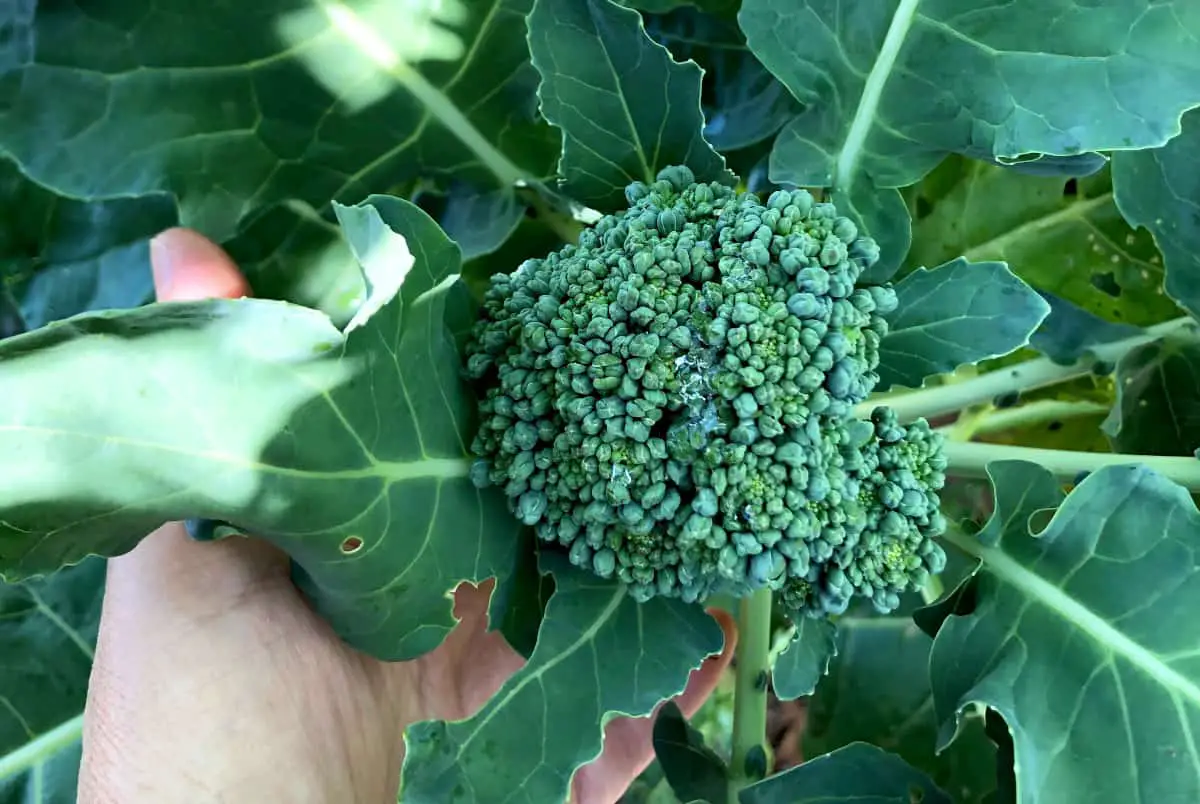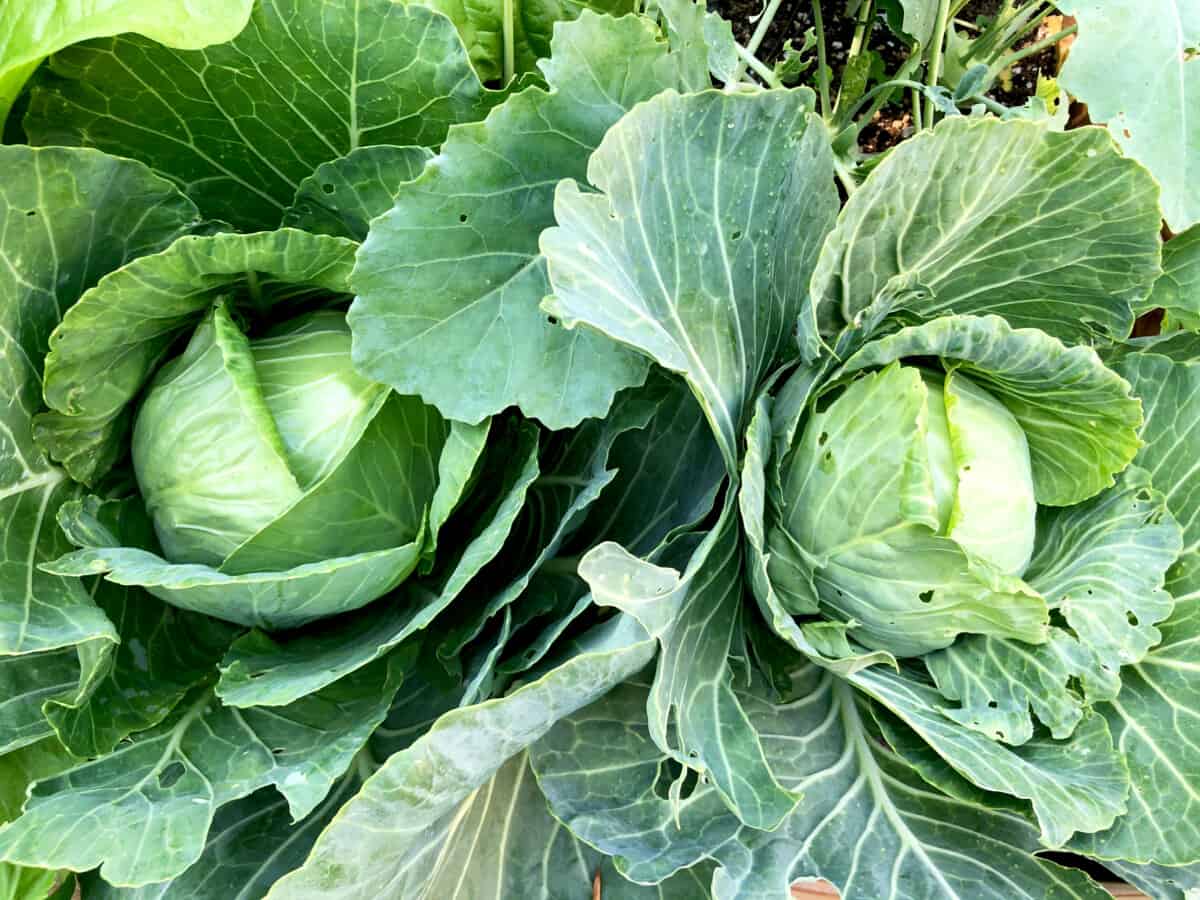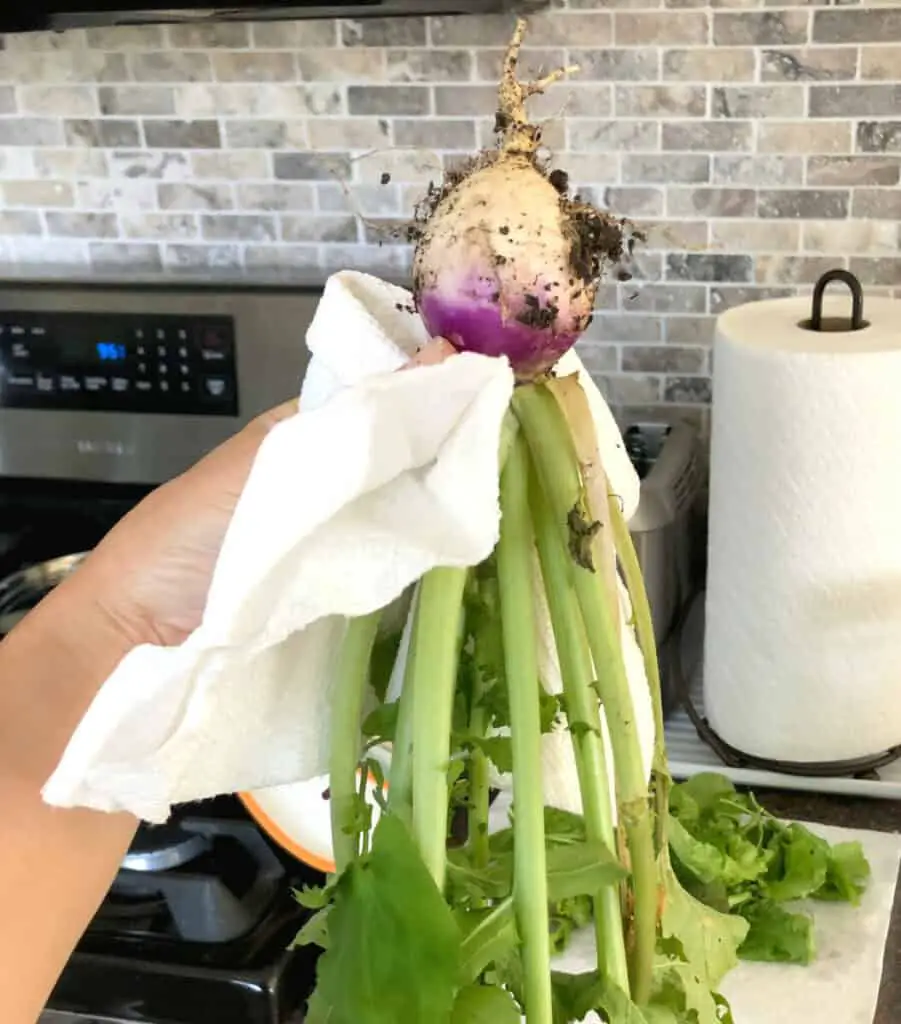If you are like me, you are already itching to get into the garden and start growing something. Well, February is the month when we can finally sow some seeds at our indoor growing stations. Let us walk together and take a look at what to sow in the winter month of February in zone 6.
Vegetables to sow in February in zone 6 indoors are cool-season vegetables such as onion, and chives, then cruciferous vegetables including broccoli, cabbage, cauliflower, leafy greens like head lettuce, Swiss chard, arugula, then celery, and eggplant. Herbs like parsley, rosemary, and thyme take time to germinate and be established, their seeds need to be sowed in early February.

How to sow seeds in February in zone 6
All the seeds sowed in February in zone 6 need to be sown indoors under a grow light or on a sunny window sill with plenty of sunlight. A quality seed-starting mix, a good quality potting, or compost is needed to start the seeds. Keep the soil with seeds in moist and warm at room temperature around 70F. After the seeds have germinated make sure they have plenty of light, at least 12+ hours a day. Unfortunately, it is too cold in February in zone 6 to sow anything directly outdoors. After 4-6 weeks you should have beautiful compact seedlings ready to be planted outside in early April.
Beginning of February, I sown my candy onion seeds and they are growing nicely under a grow light. I tried to grow seedlings without a grow light but unfortunately, I don’t have a windowsill with plenty of daylight so I was in great need of a quality grow light. I also tried winter sowing and it worked well for leafy vegetables, pumpkins, squash, and tomatoes, but not for the rest of the veggies. I did not winter sow this year since I have a grow light which I want to utilize as much as possible.
What are cool-season vegetables
Basically, all the vegetables to be sowed indoors in February in zone 6 are cool-season vegetables. They are the first ones to be planted directly in the garden in early spring, even before the danger of the last frost is over. They can be planted weeks before the last frost date as they like cool weather and thrive in it.

Cool-weather vegetables can be planted twice during the growing season. First time in spring when the weather is still cool and then again in fall when the weather becomes cool again before winter strikes. When planting cool-season vegetables in fall, they can be sowed directly outside since the soil is warm and they don’t need extra care or protection from frost unlike when sowed in early spring.
What temperature is best for cool-season vegetables
Cool-season vegetables will grow well with at least 40F at night. That means that the daily temperature should be around 50-70F. They can withstand some frost around 28-32F but not for prolonged days and nights. They need frost protection if the danger of prolonged frost is at hand or if the temperatures drop below 28F. They can be covered with plastic or fabric cover for protection.
When to plant cool-season vegetables
The ideal soil temperature for growing cool-season vegetables is anywhere between 50-70F. Some seeds will germinate already at 40F and continue to grow.
Some of the cool-season vegetables I start indoors under grow light while the weather is still warming up. I seed onions in early February. Then end of February or early beginning of March, I sow indoors my other pantry stocking staples like broccoli, cauliflower, lettuce, Swiss chard, cabbage, and arugula. These will grow well indoors into beautiful compact seedlings and beginning of April when the soil is all thawed and warmed up will be planted outside. I will still have my eye on the weather forecast for expected frost to cover my new seedlings. I do not sow anything directly outside, because in February in my zone 6, the soil is still frozen.
After February, March will come and that is a really exciting month for gardeners who grow from seed and start sowing indoors. In March almost anything can be sown indoors, besides some very warm-season veggies and fruit which germinate and grow fast like melons and cucumbers.
Some cool-season crops like potatoes like cooler weather but don’t deal well with frost, they need to be covered when the danger of frost occurs at night.
List of cool-season vegetables
Root cool-season vegetables:
- Radishes
- Carrots
- Parsnips
- Beets
- Turnips
- Rutabagas
- Potatoes
- Celeriac
- Rutabaga

Leafy cool-season vegetables:
- Lettuce
- Spinach
- Swiss chard
- Mustard greens
- Collards
- Kale
- Endive
- Arugula
- Mizuna
- Bok choy
- Radicchio
Cabbage season-vegetables:
- Cabbage
- Cauliflower
- Broccoli
- Brussel Sprouts
- Kohlrabi
Allium cool-season vegetables:
- Garlic (needs to be sown in Fall)
- Onion
- Shallots
- Green onions also called scallions
- Chives
- Leeks
Herbs:
- Cilantro
- Parsley
- Sage
- Rosemary
- Thyme
- Mint
Other cool-season vegetables:
- Peas
- Celery
- Artichoke
- Asparagus
All the cool-season vegetables that are first sowed indoors in February can be also sowed directly in the ground once the soil conditions and temperature allow. They can be sown in succession for more ongoing harvest. They however must be sown with enough time to complete their growing cycle before temperatures rise up to 80F. While some cool-season crops continue growing in warm weather their quality goes down in taste and nutrition. For example, root crops like radishes and kohlrabi grow to be woody and become very peppery in flavor. Others stop growing and producing.
What vegetables to sow in spring in zone 6
What can I grow in a pantry garden
What vegetable be harvested in one month?

